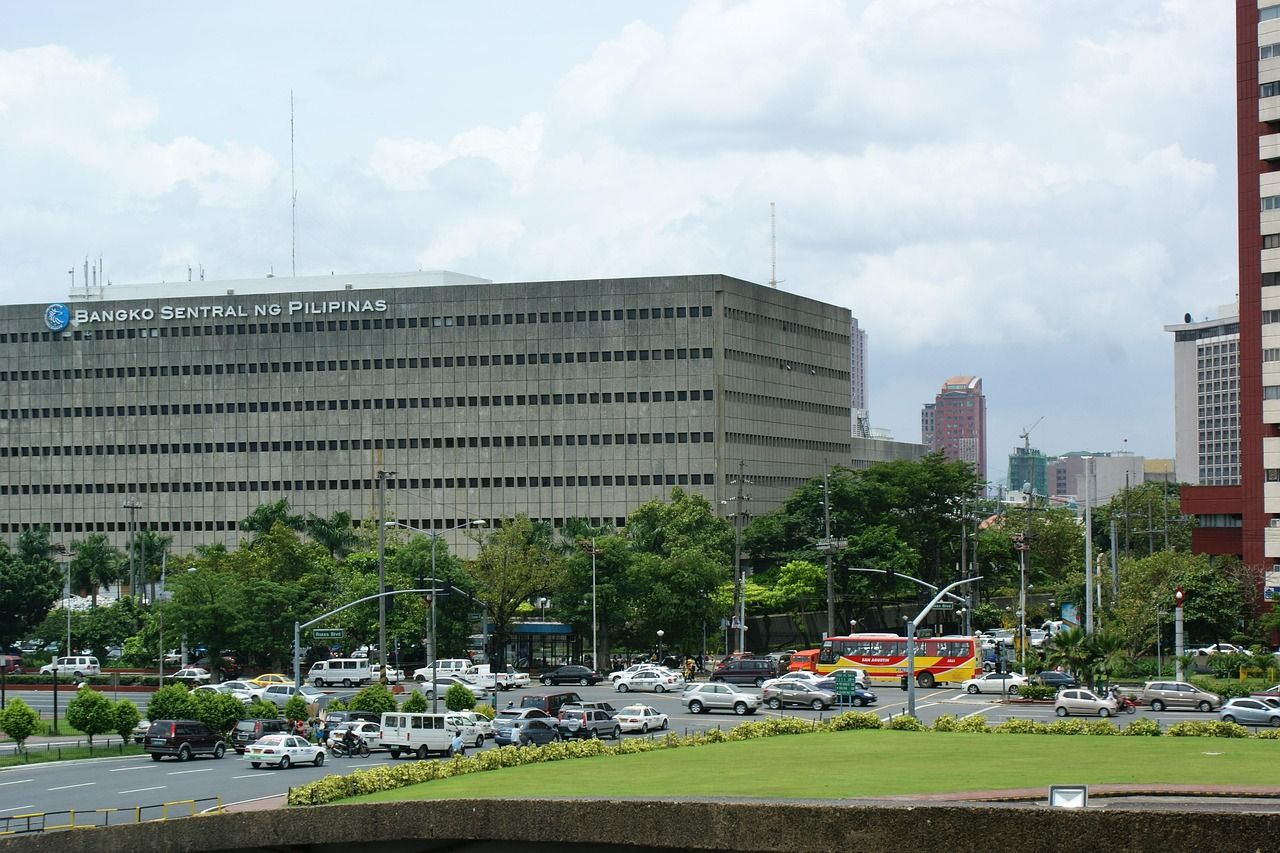




Introduction to Manila
Manila is the capital city of the Philippines, located on the eastern shore of Manila Bay on Luzon Island. It offers visitors a diverse range of attractions due to its rich cultural history and natural wonders. Manila’s appeal lies in its blend of modernity with ancient heritage, making it an intriguing destination for travelers seeking a mix of urban excitement and historic charm.
Key Attractions and Points of Interest
Two significant landmarks within Manila are Intramuros, also known as the walled city, and Fort Santiago. Both locations provide visitors with insights into Manila’s Spanish colonial past. Additionally, natural attractions such as Manila Bay offer breathtaking views for those seeking to enjoy nature while experiencing urban life in Southeast Asia.
Intramuros holds historical significance due to its role during the Battle of Bangkusayy and serves as a reminder of Spain’s influence on Philippine culture. Fort Santiago, built by Miguel López de Legazpi after defeating Rajah Sulayman, stands today as evidence of Spanish colonization in Manila. Visitors can expect to see preserved structures from past centuries, giving them an appreciation for the country’s history and architecture.
Manila Bay provides visitors with natural beauty combined with modern urban life. It serves as a reminder that nature has not been forgotten amidst rapid development in Southeast Asia. The bay offers breathtaking views of Manila’s skyline while preserving its heritage charm, showcasing how Manila balances history and progression effectively.
Cultural and Historical Context
Manila’s Tagalog-fortified polity called Maynila existed on the site of modern Manila before Spanish colonization began in Intramuros. This background highlights Manila’s rich cultural heritage, adding depth to understanding its significance today. Spanish conquistador Miguel López de Legazpi constructed Intramuros after defeating Rajah Sulayman and controlled it for Spain until Philippine independence occurred.
Practical Information for Visitors
Manila is considered among Southeast Asia’s fastest-developing cities, offering visitors a mix of urban excitement with historic charm. Best times to visit Manila are during summer months when weather conditions are favorable for traveling without experiencing extreme heat or humidity. Navigating through the city requires visitors to be mindful of local customs and etiquette while exploring historical sites like Intramuros and Fort Santiago. Advice on navigating includes following specific guidelines, such as preserving structures from past centuries during restoration projects.
Conclusion: Why Manila is Worth a Visit
Manila offers visitors an opportunity to appreciate history amidst rapid urbanization in Southeast Asia. Its blend of modernity with ancient heritage makes it worthwhile for those seeking historic charm combined with contemporary life experiences. Visitors can expect Intramuros’ preserved structures from past centuries, Fort Santiago’s Spanish influence on Philippine culture, Manila Bay’s breathtaking views, and nature’s presence amidst urban development. These attractions contribute to Manila being a compelling travel destination in Southeast Asia.
Source: Manila Wikipedia
🇰🇷 한국어 보기 (View in Korean)
마닐라 소개
마닐라는 루손 섬의 마닐라 베이 동부 해안에 위치한 필리핀의 수도입니다. 풍부한 문화 역사와 자연스러운 불가사의로 인해 방문객들에게 다양한 명소를 제공합니다. 마닐라의 매력은 현대의 현대성과 고대 유산의 조화를 이루어 도시의 흥분과 역사적 매력을 혼합하여 여행자들에게 흥미로운 목적지가되었습니다.
주요 명소 및 관심 지점
마닐라 내에서 두 가지 중요한 랜드 마크는 벽으로 둘러싸인 도시와 포트 산티아고라고도합니다. 두 곳 모두 방문객들에게 마닐라의 스페인 식민지 과거에 대한 통찰력을 제공합니다. 또한, 마닐라 베이와 같은 자연적인 명소는 동남아시아에서 도시 생활을 경험하면서 자연을 즐기려는 사람들에게 숨막히는 전망을 제공합니다.
Intramuros는 Bangkusayy 전투에서 역할로 인해 역사적으로 중요하며 스페인의 필리핀 문화에 미치는 영향을 상기시켜줍니다. Rajah Sulayman을 물리 친 후 Miguel López de Legazpi가 지은 Fort Santiago는 오늘날 마닐라의 스페인 식민지의 증거로 서 있습니다. 방문객들은 지난 몇 세기 동안 보존 된 구조를 볼 수있어 국가의 역사와 건축에 대한 감사를 표할 수 있습니다.
마닐라 베이는 방문객들에게 현대 도시 생활과 함께 자연의 아름다움을 제공합니다. 그것은 동남아시아의 빠른 발전 속에서 자연이 잊혀지지 않았다는 것을 상기시켜줍니다. 베이는 마닐라의 스카이 라인을 숨막히는 전망을 제공하면서 유산 매력을 보존하면서 마닐라가 역사와 발전의 균형을 효과적으로 균형을 잡는 방법을 보여줍니다.
문화 및 역사적 맥락
Maynila라고 불리는 마닐라의 타갈로그어 조성 된 정치는 스페인 식민지가 인트라 무로에서 시작되기 전에 현대 마닐라 사이트에 존재했습니다. 이 배경은 마닐라의 풍부한 문화 유산을 강조하여 오늘날 그 중요성을 이해하는 데 깊이를 더합니다. 스페인 정복자 인 Miguel López de Legazpi는 Rajah Sulayman을 물리 친 후 Intramuros를 건설하고 필리핀 독립이 발생할 때까지 스페인을 위해 통제했습니다.
방문자를위한 실용 정보
마닐라는 동남아시아에서 가장 빠르게 발달하는 도시로 간주되어 방문객들에게 역사적 매력과 도시의 흥분을 혼합하여 제공합니다. 마닐라를 방문하기 가장 좋은시기는 여름철에 날씨 조건이 극심한 열이나 습도를 경험하지 않고 여행하는 데 유리한 경우입니다. 도시를 탐색하려면 방문객들은 Intramuros 및 Fort Santiago와 같은 역사적 유적지를 탐험하면서 현지 관습과 에티켓을 염두에 두어야합니다. 탐색에 대한 조언에는 복원 프로젝트 중 지난 세기 동안 구조를 보존하는 것과 같은 특정 지침이 포함됩니다.
결론 : 왜 마닐라가 방문 할 가치가 있는가
마닐라는 방문객들에게 동남아시아의 빠른 도시화 속에서 역사를 높이 평가할 수있는 기회를 제공합니다. 현대의 고대 유산과의 조화는 현대의 삶의 경험과 결합 된 역사적 매력을 찾는 사람들에게 가치가 있습니다. 방문객들은 지난 수세기 동안 인트라 무로스의 보존 된 구조, 포트 산티아고의 필리핀 문화에 대한 스페인의 영향, 마닐라 베이의 숨막히는 전망 및 도시 발전 가운데 자연의 존재를 기대할 수 있습니다. 이 명소는 마닐라가 동남아시아에서 매력적인 여행 목적지가되는 데 기여합니다.

답글 남기기